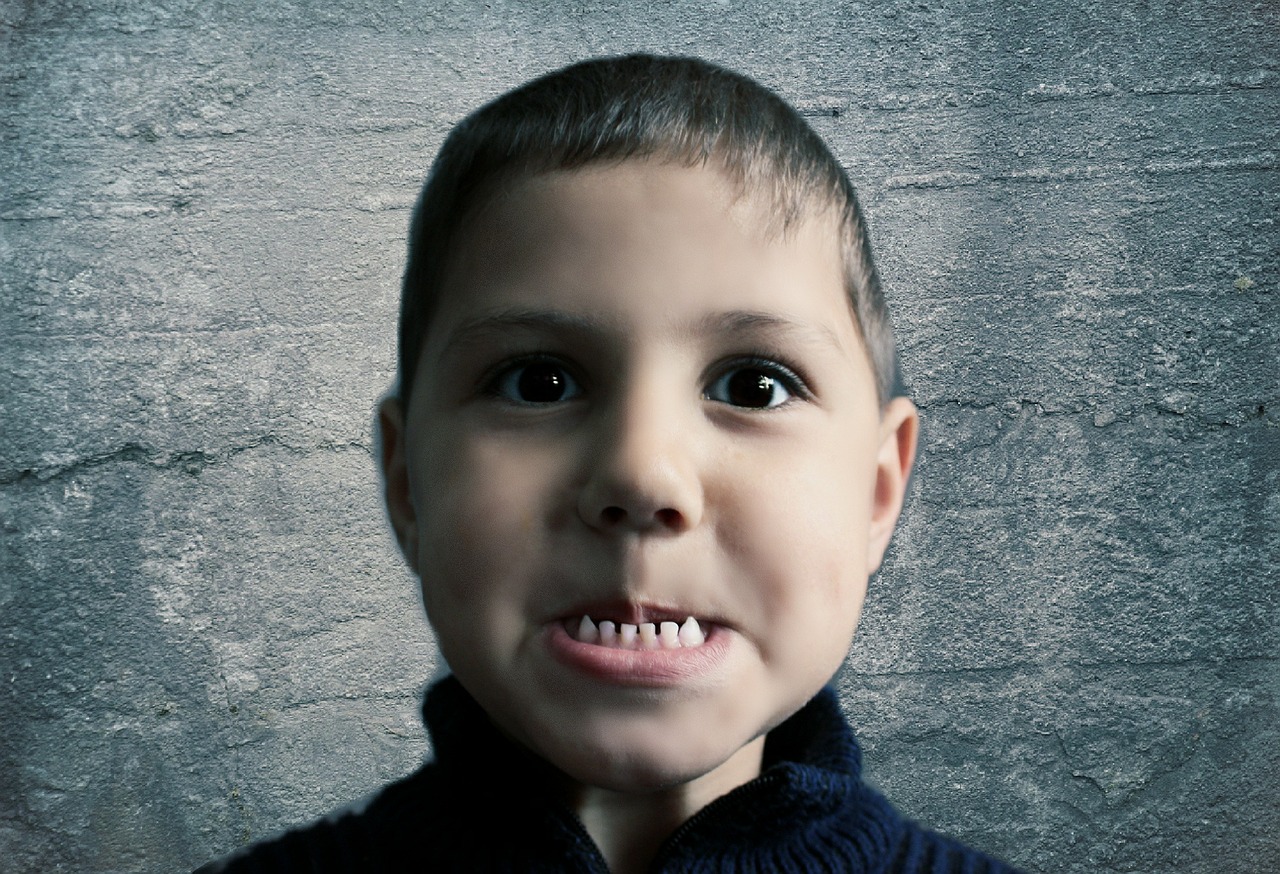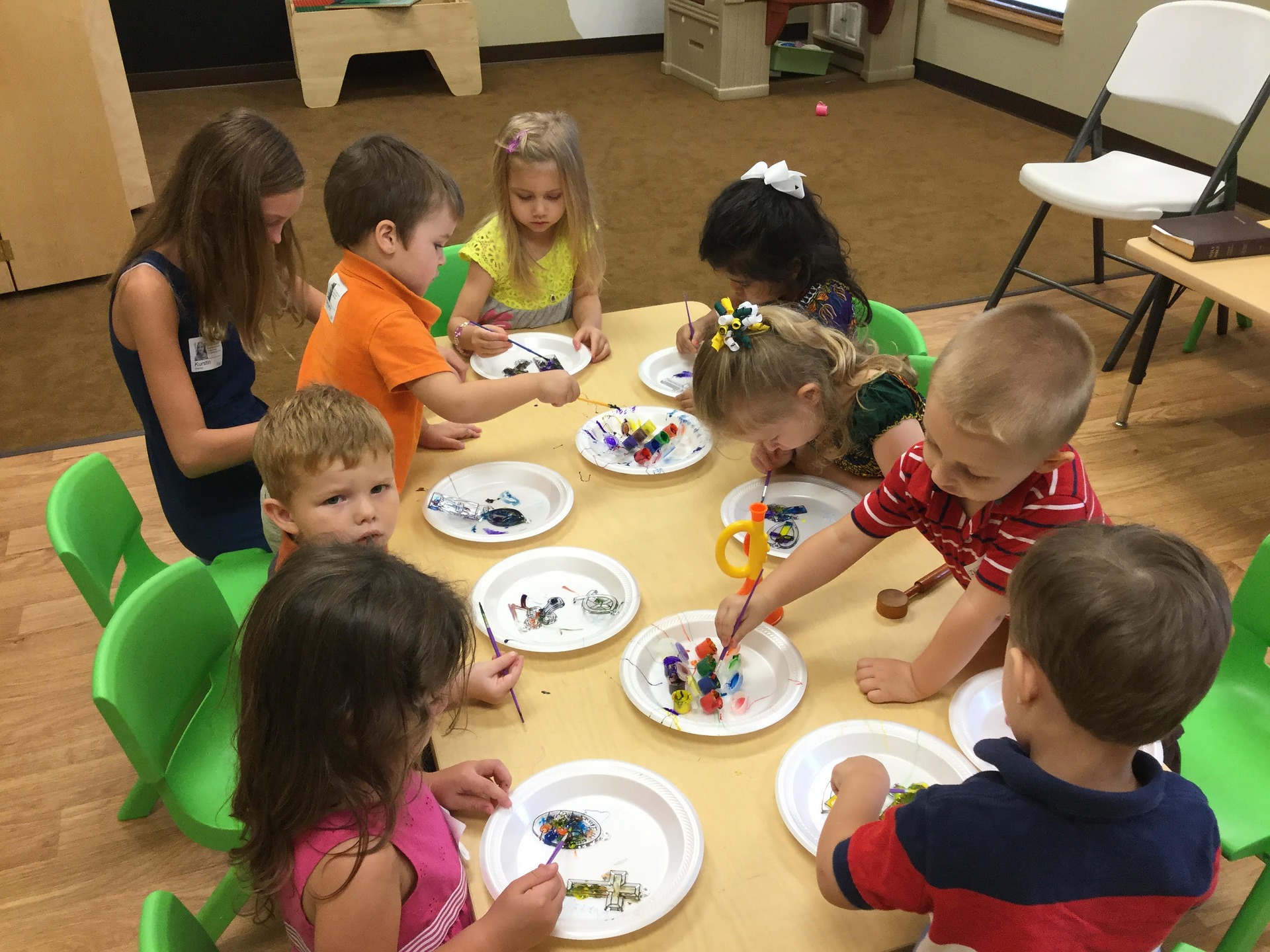Teaching Your Child Not to Bite
Many 1-year-olds use their teeth instead of their tongues. Here's how to take the bite out of toddlerhood. Introduction When 18-month-old John Locke came home from day care one day with a suspicious mark on his back, his mom, Martha, of Springfield, Virginia, was understandably concerned. "I had no idea what it was, and I didn't want to suspect the worst." However, she soon found out that John's injury was inflicted by the teeth of another toddler. "I was appalled. I had no idea that kids this age bit each other."
Barbaric as it may sound, biting is pervasive -- and perfectly normal -- among the toddler set. "One- and 2-year-olds lead with their mouths," says Judith Garrard, Ph.D., a psychologist and professor of public health at the University of Minnesota School of Public Health, in Minneapolis. "Little children like to feel things orally. It's a way for them to learn about the world as well as a source of comfort." For some kids, though, biting becomes a temporary form of communication. "Biting at this age is not malicious," says Aubyn Stahmer, Ph.D., a clinical psychologist at Children's Hospital, in San Diego. "Toddlers don't have the language skills to express how they feel, so they bite to create a stir, to express excitement, or to say that they are frustrated, anxious, or bored." Locke got a second taste of the biting phenomenon with her younger son, Christian. "He was slow to talk. At 18 months, his communication of choice was chomping on me or his siblings whenever he got mad or wanted more attention." But once he began talking, says Locke, "for the most part, the biting stopped." The circumstances under which kids bite vary widely. "Some kids bite only at home because it's a safe environment in which to express emotions," says Dr. Stahmer. More often, however, biting occurs in child care, playgroups, or other settings in which toddlers must share toys and attention, which isn't exactly their forte. In fact, a toddler who attends a day-care facility full-time -- an estimated 225 days a year -- can expect to receive an average of seven bites per year, according to Dr. Garrard. Once Bitten... Twenty-one-month-old Taylor Ann Burrage has the battle scars to prove those numbers. "She's been bitten about twenty times in eight months at day care," says her mom, Cheryl, of Woodbridge, Virginia. "Taylor Ann doesn't seem to mind, and her teachers are trying to solve the problem. But I'm considering finding another center because ours won't dismiss a child until he's bitten the same child three times -- even if he's taken a bite out of every child in the room." Policies that don't call for the removal of a biter are not unusual, according to Jim Greenman, vice president of the Cambridge, Massachusetts -- based Bright Horizons Family Solutions day-care centers and the author of Prime Time: A Handbook of Excellence for Infant and Toddler Care (Red Leaf Press, 1997). "Because biting is usually a passing phase, centers are more likely to try to work with parents to resolve the problem rather than dismiss a child." And, says Greenman, if your child seems very happy with her caregiver, it's unwise to yank her out because of a bite or two. "Only if your toddler is clearly dreading day care should you consider changing caregivers," he says. If biting does occur, don't expect your caregiver to release the name of a biter or bitee. "This approach encourages parents to work with caregivers rather than confront one another," says Greenman. But if your child is the one who's doing the biting, there are effective ways to deal with the behavior -- and its victims. First, comfort the child who's been bitten, or if you were the recipient, take care of yourself. "This response sends an important message to the biter," explains Greenman. "By refusing to respond, you don't reinforce the behavior." Next, calmly remove the biter from the situation and give him a moment to regain his composure. Then, in a firm, calm voice, say, "We don't bite. It hurts other people." Never bite back -- not only is it ineffective, but it also tells the child that this kind of behavior scores attention. To prevent future episodes, use the following strategies: Prevention Strategies l First and foremost, encourage a biter to use words. "Let your child know that when she gets angry or upset, there are alternatives to biting. She can say, 'I don't want to' or ask you for help in getting her message across," says Dr. Stahmer. l Follow high-energy activities with quiet play or naptime. Overstimulation is a frequent cause of biting. A calm, well-rested toddler is less likely to use his teeth. l Offer your child a biting substitute, such as a washcloth. With gentle reminders, a child who bites will chew on his washcloth rather than his playmate or parent when he's feeling testy or frustrated. Look for triggers. For example, if you notice that your child bares his teeth when a playmate touches his favorite toy, simply buying a duplicate can stop him in his tracks. But if biting becomes chronic, the reasons are not always so obvious. Two-year-old Michael Norris, of Phoenix, continued biting his playmates and his mother despite rewards for good behavior and repeated reminders to use his words. "At that point, I took him to the pediatrician," says his mother, AnnaMarie. "It turned out that Michael's allergy medication was making him irritable." The doctor adjusted his medicine, and the biting became less frequent, then stopped. Chronic biting may also indicate that a child is in the midst of a difficult adjustment. Weaning, moving, or the arrival of a new sibling are changes that can shake up even the toughest tot. Says Dr. Stahmer, "Sometimes a little special attention from Mom or Dad is all it takes to nip biting in the bud." Retrieved From: http://goo.gl/tbpPCK
|
|










.jpg)






